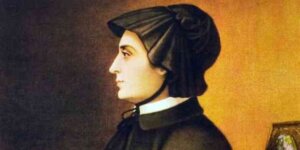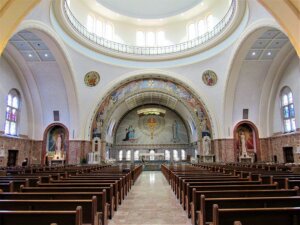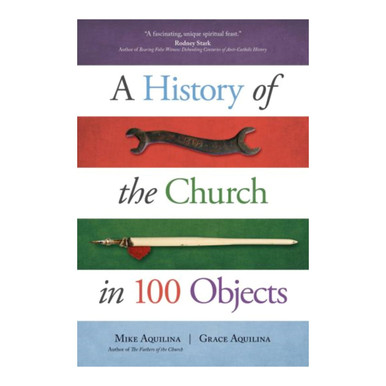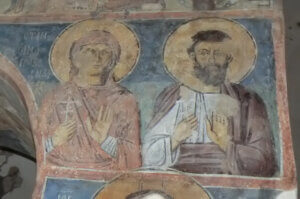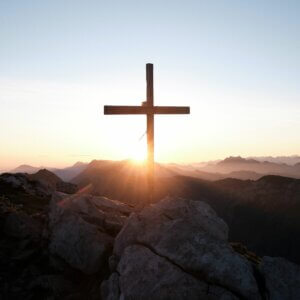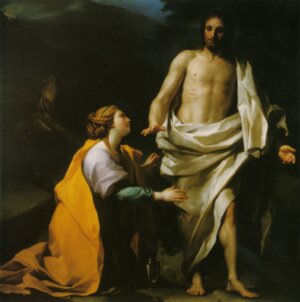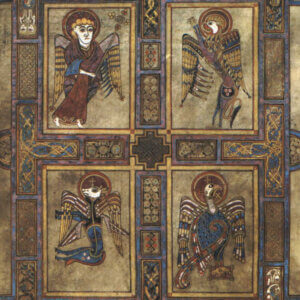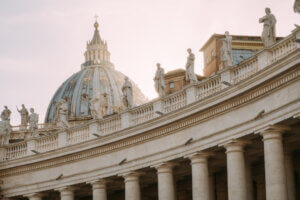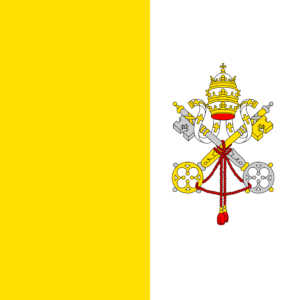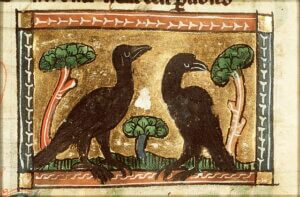St. Elizabeth Ann Seton is unique because she was the first American-born saint. She brought a quality Catholic education to many young students in her community at a time when Catholics were ostracized and treated badly in the United States.
Mother Seton was not always a Catholic. She and her husband William Magee Seton were Episcopalian and lived in New York City. The couple had five children and later took in William’s younger siblings when William’s father died. When her husband fell ill with tuberculosis, doctors suggested the Setons spend time in a warmer climate, so Elizabeth and her husband traveled to Italy. It was here Elizabeth was first introduced to Catholicism. After her husband died of the disease in December 1803, Elizabeth returned home to New York and converted to Catholicism.
In order to provide for herself and her children, Mother Seton established an all girls’ school in Manhattan, but when people began to learn that Mother Seton converted to Catholicism, they began to withdraw their children from the school. However, she later met Abbé Louis William Valentine Dubourg, SS, a visiting priest from an order known as the Sulpician Fathers, who were trying to establish the first Catholic seminary in the United States. Dubourg wanted also to establish a Catholic school in Maryland, and Mother Seton accepted his offer to come establish a school in Maryland.
Of course, when establishing her school, Mother Seton had to start from scratch. When she first began teaching, she taught faith formation classes to children in the nearby parish on Catoctin Mountain in Maryland, but she did not have a schoolhouse to hold her classes. Instead, Mother Seton taught children about the Catholic faith from a rock in the woods on Sunday afternoons.
You can walk in Mother Seton’s footsteps today. Not only can you visit the rock she once taught her first classes from, you can also visit the National Shrine of Elizabeth Ann Seton in Emmitsburg, Maryland, where Mother Seton later established the St. Joseph’s Academy and Free School, an all girls’ Catholic school. You visit Mother Seton’s home and schoolhouse and the Basilica of Saint Elizabeth Ann Seton, which was built in her honor.
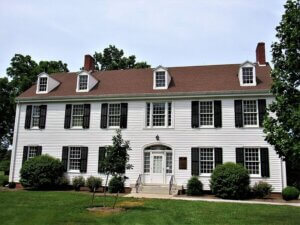
“The White House,” St. Elizabeth Ann Seton’s Schoolhouse, built in 1810
Thousands of people from the United States and all over the world visit the Basilica every year. It was originally intended to be a chapel for the Daughters of Charity, but when St. Elizabeth Ann Seton was beatified in 1963, the Basilica was dedicated in her honor after the structure was completed in 1965. After Mother Seton was canonized in 1975, her remains were moved to the basilica, and Pope St. John Paul II dedicated the shrine’s chapel as a minor basilica in 1991.
Compared to the rest of the world, the United States is a relatively young nation, boasting less than 250 years of history. Yet so many saints have come from the United States in this short period of time. Alice Camille’s and Paul Boudreau’s Fearless: Stories of the American Saints outlines the stories of these magnificent holy men and women over the course of American history. Discover their paths to holiness in the United States by getting your own copy here.
